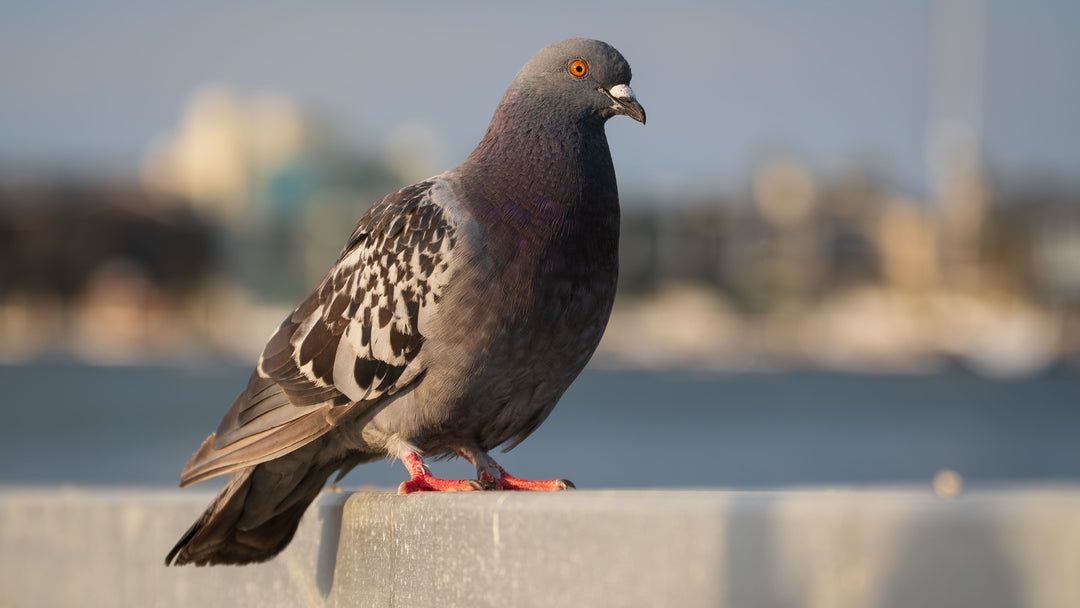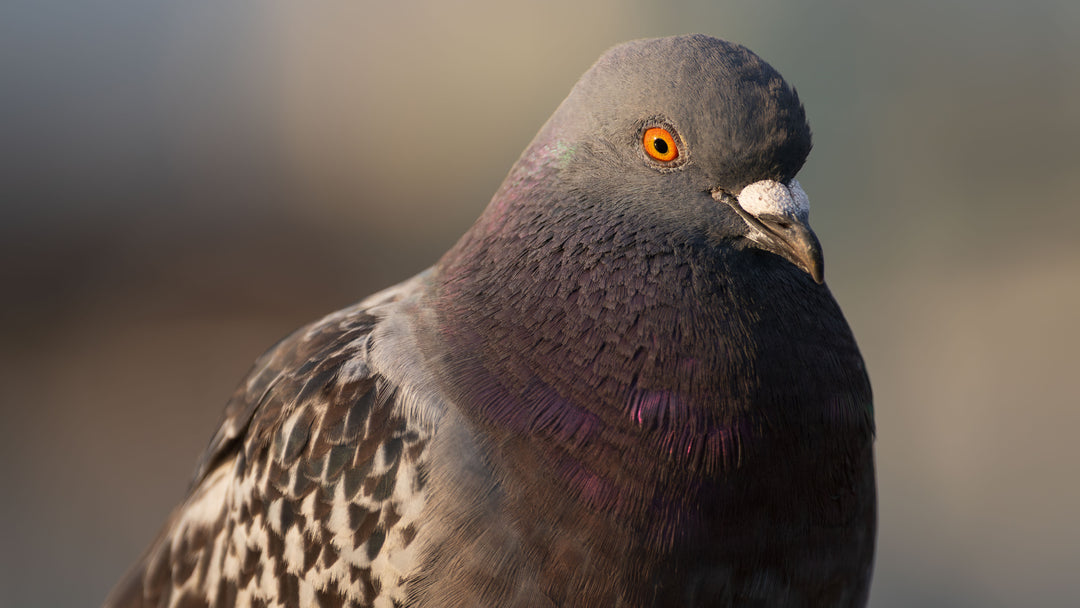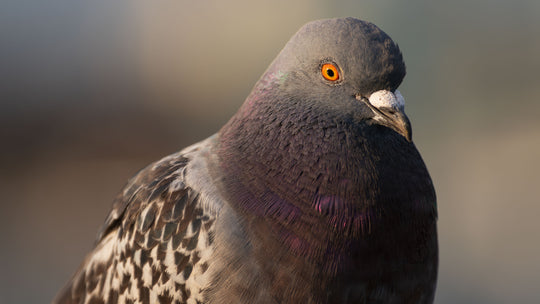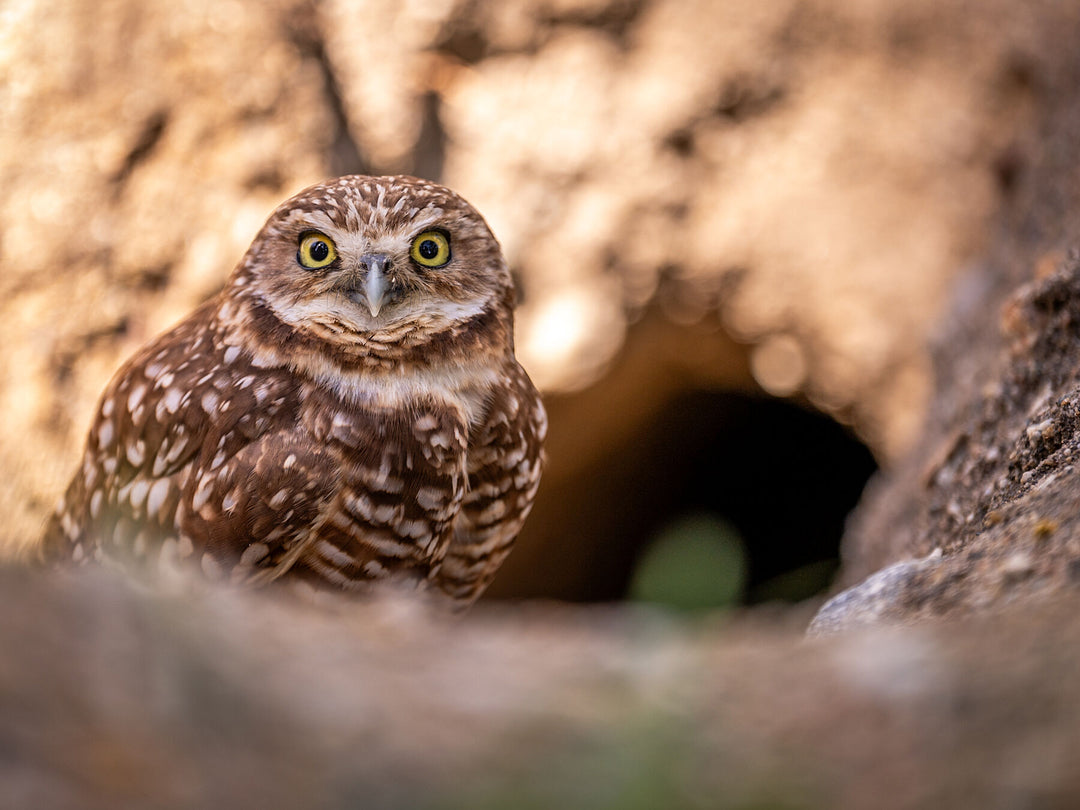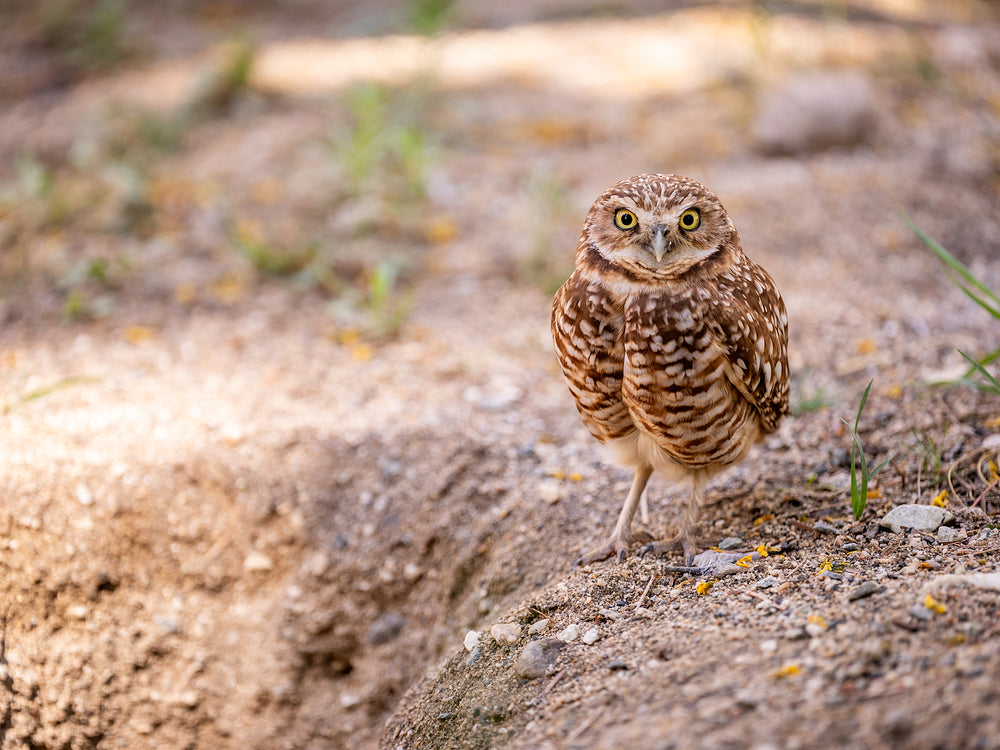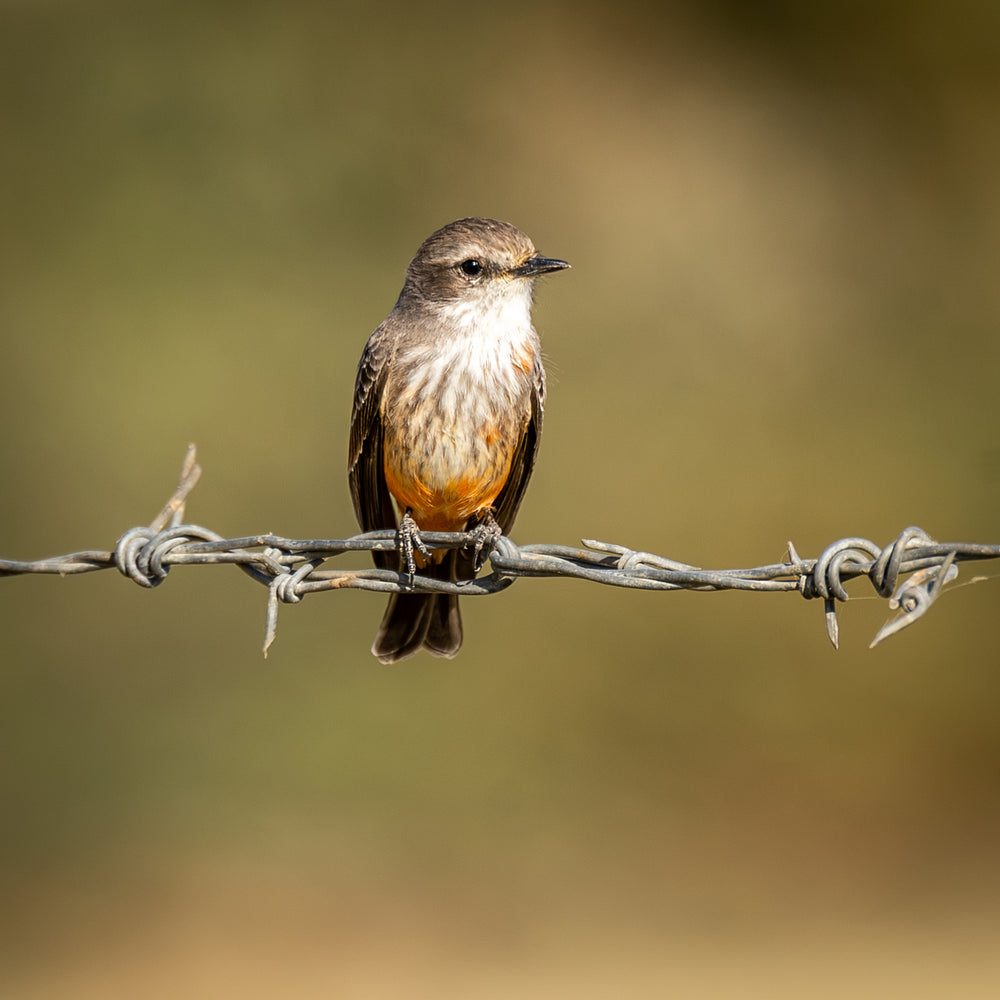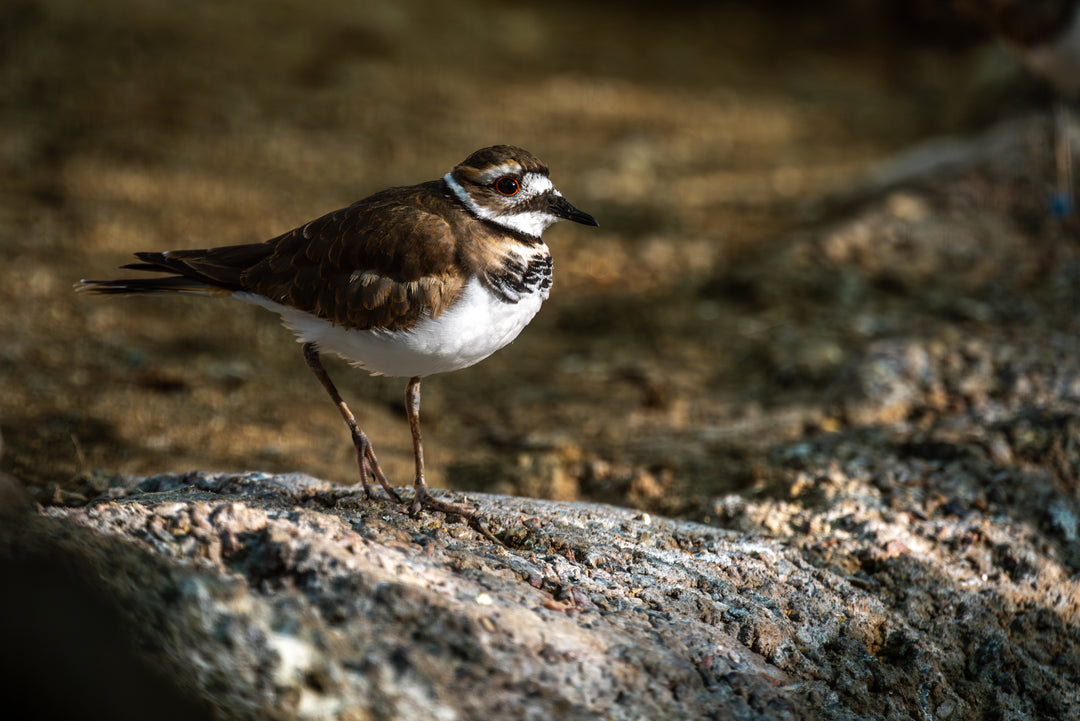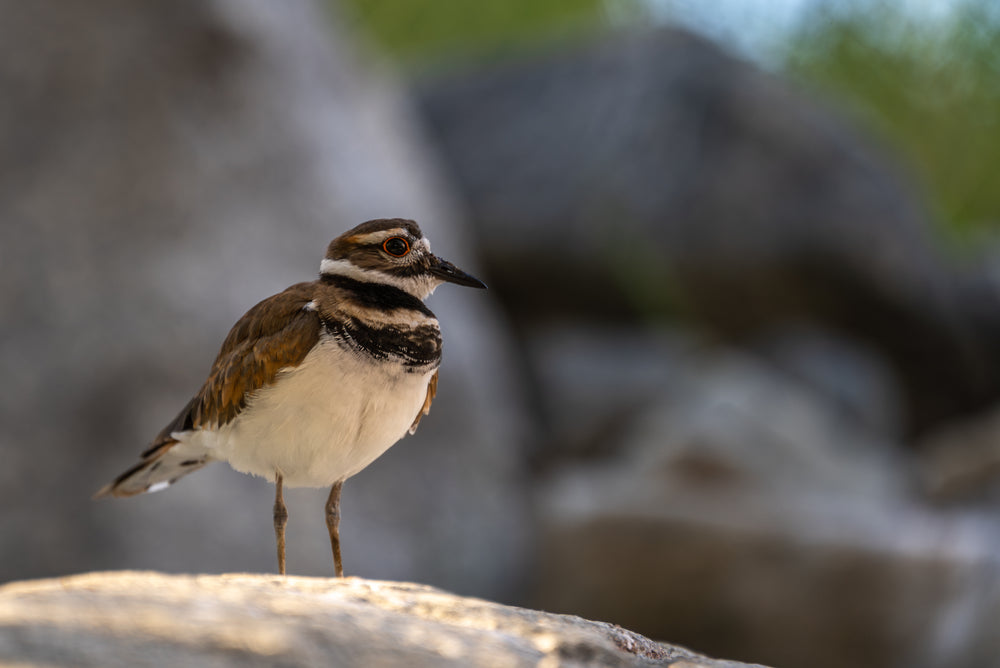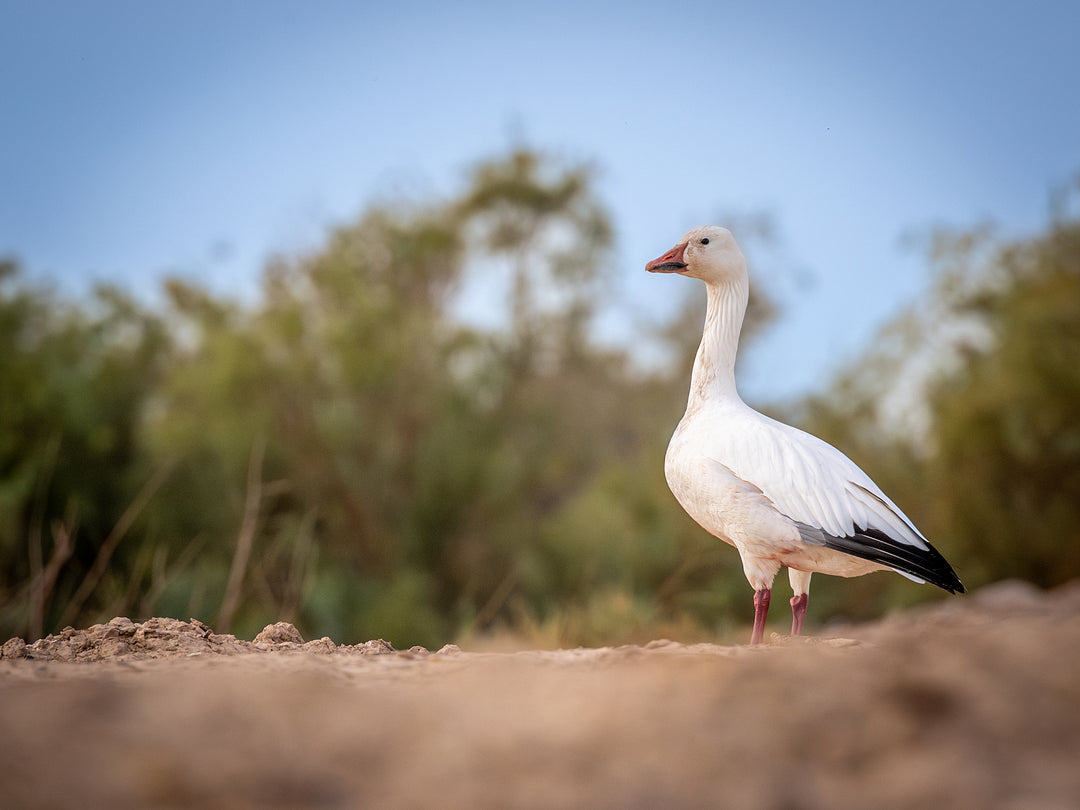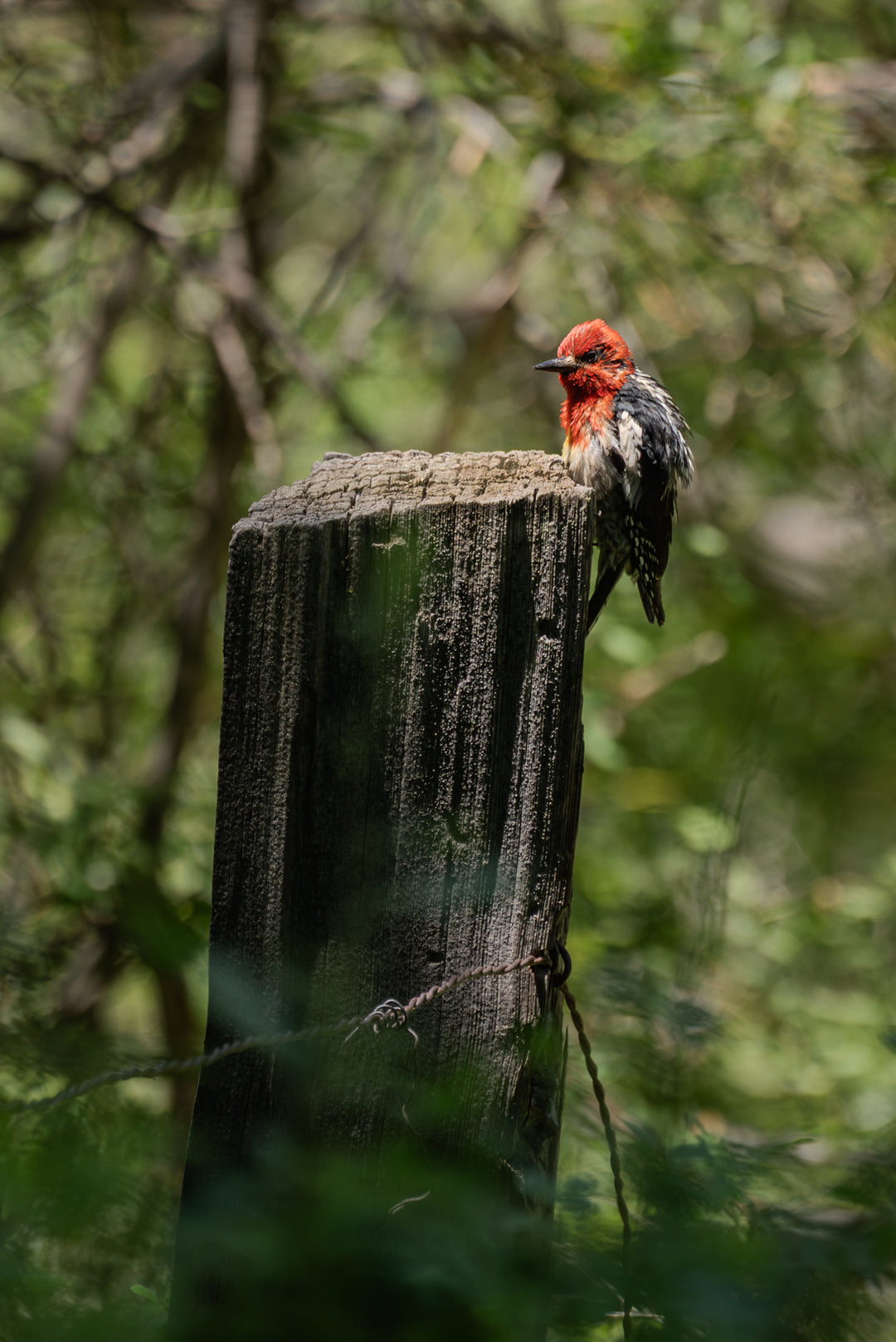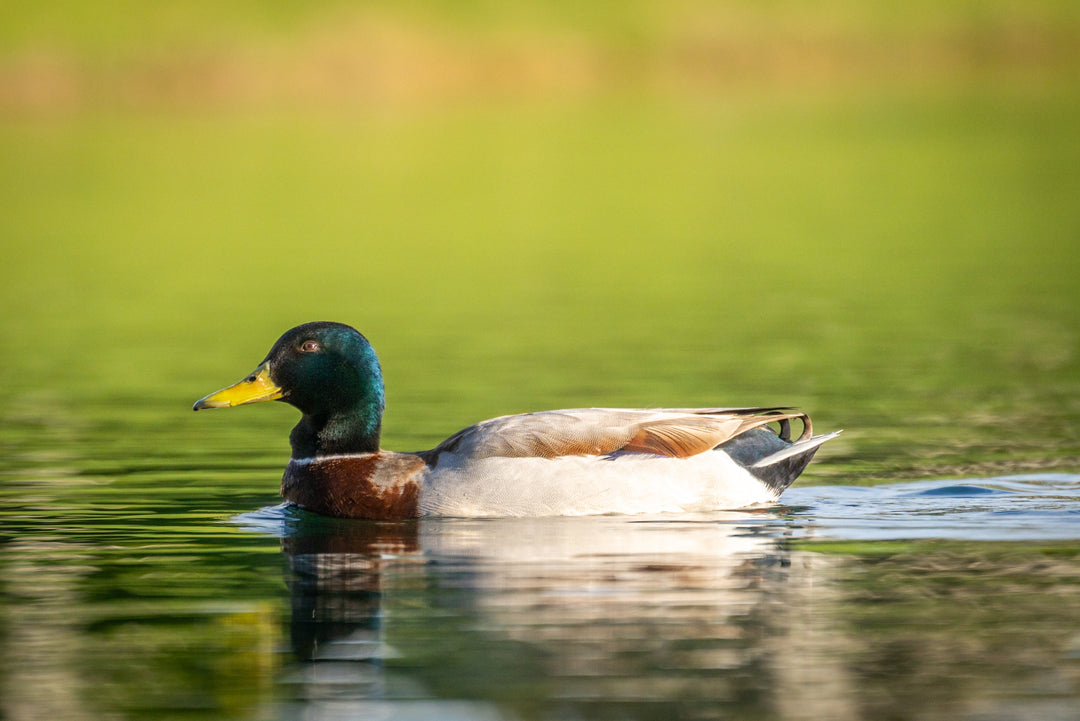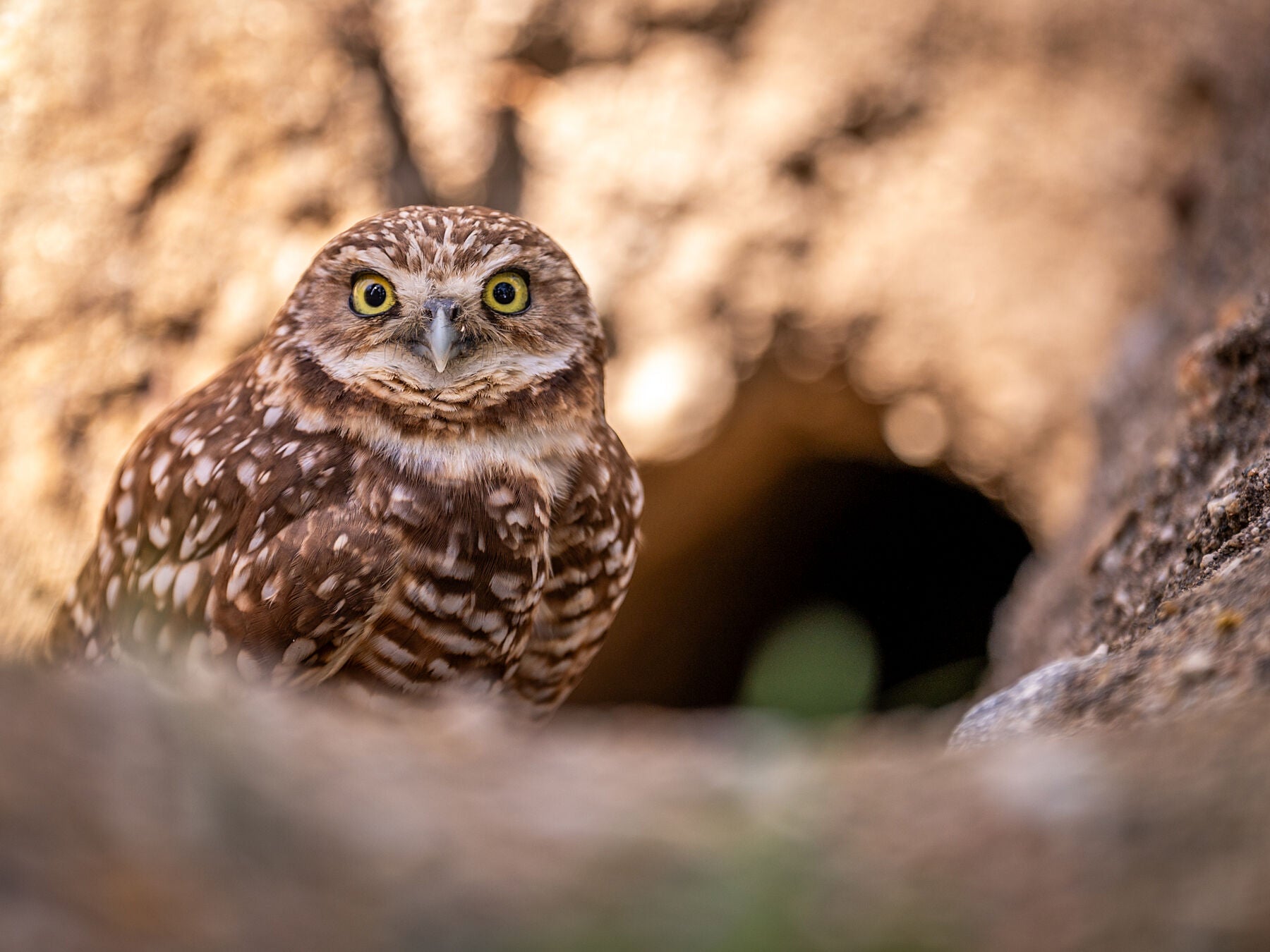Rock Pigeon
The Rock Pigeon (Columba livia), also known as the Rock Dove, is a familiar yet ecologically interesting bird that is commonly seen across urban and rural areas, including throughout the Coachella Valley and its surrounding foothills.
Identification
-
Size: Medium, about 11–13 inches long with a wingspan of 20–26 inches.
-
Coloration: Most wild-type individuals show a bluish-gray body with two black wing bars, a dark band at the tail tip, and iridescent green and purple on the neck. However, domestic and feral populations show wide variation, ranging from all-white to mottled, rust, or almost black.
-
Flight: Direct and fast, with regular wingbeats and occasional sharp flicks.
Habitat in the Coachella Valley
Rock Pigeons thrive in human-modified environments such as cities, farms, overpasses, and rocky cliffs (which resemble their native habitat in Eurasia). In the Coachella Valley, they are especially abundant around buildings, agricultural zones, and roadside structures.
Diet and Foraging
These birds are generalist foragers, feeding mainly on seeds, grains, and human scraps. In urban settings, they scavenge for crumbs or discarded food, while in agricultural areas, they feed on spilled grain and seed crops.
Nesting and Behavior
-
Nests are simple platforms made of sticks, often placed on building ledges, rafters, or under bridges—locations that mimic cliffside roosts.
-
They breed year-round in warm climates, such as the Coachella Valley.
-
Both parents share duties of incubating eggs and feeding chicks with “pigeon milk,” a nutrient-rich secretion from their crop.
Ecological Role
Though sometimes viewed as pests due to their droppings and habit of nesting in buildings, Rock Pigeons contribute to urban food webs, supporting predators such as Peregrine Falcons, Red-tailed Hawks, and Cooper’s Hawks.
Cultural and Historical Significance
Domesticated initially over 5,000 years ago, the Rock Pigeon has a long history with humans. They were used as messengers in war, bred for sport and aesthetics, and even served as food in some cultures. One famous example is Cher Ami, a homing pigeon who served with the U.S. Army Signal Corps during World War I. Despite being injured, Cher Ami successfully delivered a critical message that saved nearly 200 soldiers of the "Lost Battalion" in 1918. For her bravery, she was awarded the French Croix de Guerre and later inducted into the Racing Pigeon Hall of Fame. Today’s feral populations are descended from escaped or released domestic pigeons, carrying forward the legacy of a species deeply intertwined with human history.
